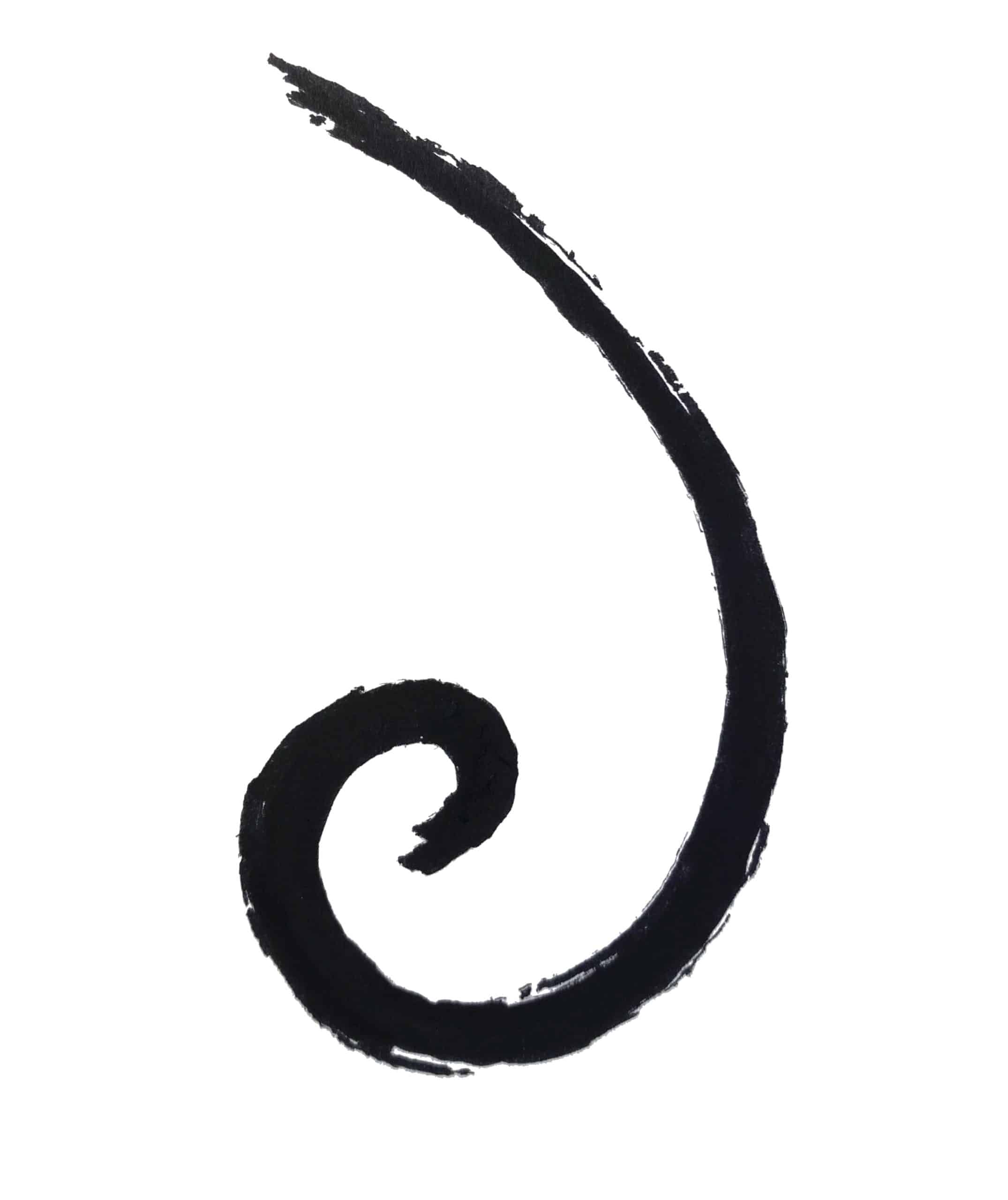The following recording is an introduction to the embodied practice of sitting meditation, preliminary to a practice of Mindfulness of Breathing. These instructions draw on the Buddhist and Yoga traditions of meditation with the breath as an object. They are beneficial in the cultivation of a body and mind which is calm, at ease and able to maintain awareness even with subtle sensations and experiences. The practice shared here are very general and introductory, suitable for any level of practitioner. They can be practiced sitting on a cushion on the floor, on a chair, or even lying down. The emphasis is not on forcing the body to persist through pain and discomfort, or developing some kind of lazer-beam concentration, but on cultivation the capacity to enjoy, to be be fulfilled by the simple act of breathing in and out.
Audio: Introduction to Sitting – 10 mins.
To download and play later, use the link below.
“This meditation can be practice seated on a cushion on a mat on the ground, either cross legged or kneeling, or seated in a chair. If sitting cross legged on the ground, a cushion that is high enough to allow the knees to bend without being pressured laterally is helpful. if you experience knee pain, try a higher cushion. Placing the cushion as a wedge, slightly behind against the sacrum rather than directly underneath, can also assist in having a slight forward tilt to the pelvis, allowing the hip flexors to relax. If the knees rest high when sitting cross legged, try placing cushions underneath them to increase the sense of grounding and support.
If kneeling, a meditation stool can help to relieve pressure on the knee joints. If seated on a chair, use one of a height that allows the feet to rest flat on the ground, or place a cushion beneath your feet to allow them the rest so. Best is to sit a little forward on the seat, avoiding slumping against the backrest. rather than forcing our bodies into a particular yogic posture, for example the lotus posture, the invitation here is to is to find a our “Chrysanthemum posture” one which is easeful and comfortable.”
Br Tenzin
This content is restricted to course participants. Apologies, but you do not have the necessary permissions. If you wish to join a course, please visit our Events page to find one that suits you.
